There usually comes a time of year when homeowners realize that they need to yet again spruce up their asphalt roofs because it shows signs of wear and tear. Constantly maintaining an asphalt roof can lead the homeowners to question whether or not it is time to buy new roofing material. One other sought out option is metal roofing. Metal roofing is used most often on residential, commercial and agricultural buildings.
Metal roofing is true to its name as it is composed of several metals – tin, aluminum, copper, and galvanized steel. Metal roofing is initially more expensive to install, but it is more beneficial in the long run.
A sure fire way to figure out if metal roofing is worth the additional cost is to compare it with other roofing materials.
Some of the benefits of metal roofing are:
Customization
The process of manufacturing metal roofing is fully automated, which allows for a more precise cut of the metal sheets. This added precision allows more creative licence for Green Metal Roofing Inc. in creating and delivering custom orders. This allows for a unique roof design such as Riviera, Prestige, Trapeze and Venice.
Environmental
The precision of the automated manufacturing process allows for a reduction of waste. In a blooming eco-friendly society, this is an added bonus. Metal roofs are install over existing shingles, which decreases waste in a landfill.
Longevity
Metal roofing is said to be made to last for 50+ years. In comparison to wood or asphalt roofing material, which will need to be replaced several times over the course of 50 years. It is known for lasting through various elements of the weather without any rotting, molding, cracking or chipping. Compared to tradition asphalt roofing material, which has a lifespan of 12 to 20 years, it is clear that metal roofing is more low maintenance.
More Colour Options
Green Metal Roofing Inc. offers customers a choice of seven colours for their metal roofing. There are various shades ranging from a rustic brown to a nice russet red depending on the personal preference of the homeowner.
Resilience
Metal roofs are known for withstanding all various types of weather and environmental disturbances such as heavy rainstorms, hail, snow, wind etc. The metal also is impervious to fire, and is resistant to any unwelcome pests and insect infestations.
Lightweight and Durable
Compared with roofing materials such as tile and concrete which roughly weigh about 750 to 900 pounds per square, metal roofing is lightweight at 50 to 150 pounds per square. Additionally, the materials in metal roofing are durable and malleable and can be bent into various shapes without cracking.
Temperature
Metal, particularly dark metals, reflect the heat from the sun which can keep the house cooler during the summer months – which can cut down costs of using air conditioning as much as you might use it for asphalt, tile, concrete or wooden roofing.
Overall, metal roofing could be the best choice for you home and give you that increased property value while providing you with all the other advantages as listed above. If you are interested in a quote or want to browse one of our stores visit us at our metal roofing website OR, at one of our locations – 3551 White Oak in London Ontario or, 1109 Derry Rd East Mississauga, Ontario L5T 1P3.
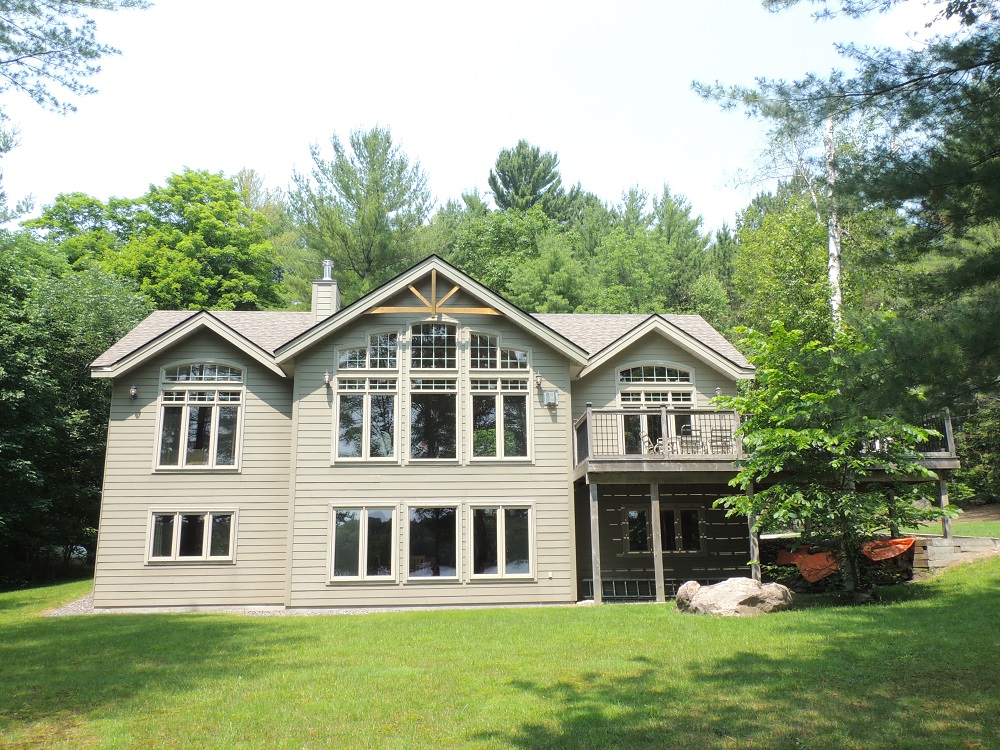




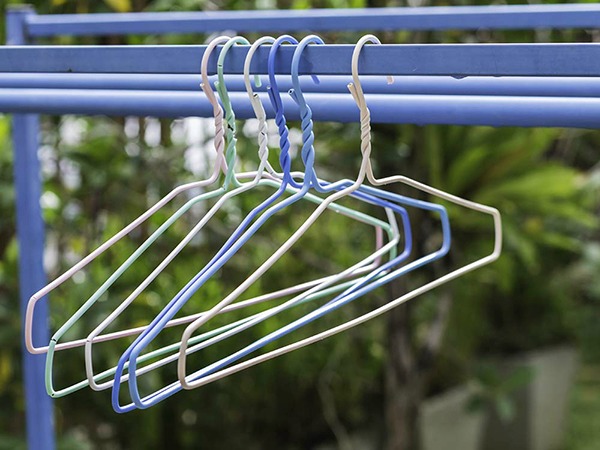


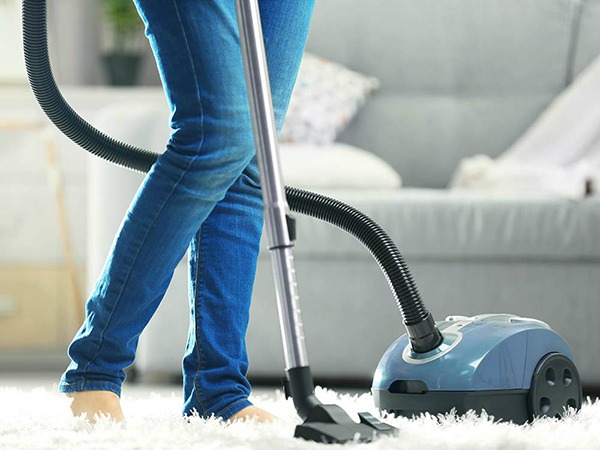

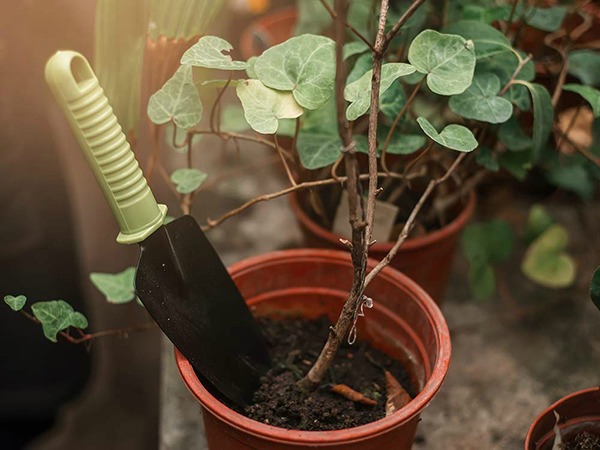

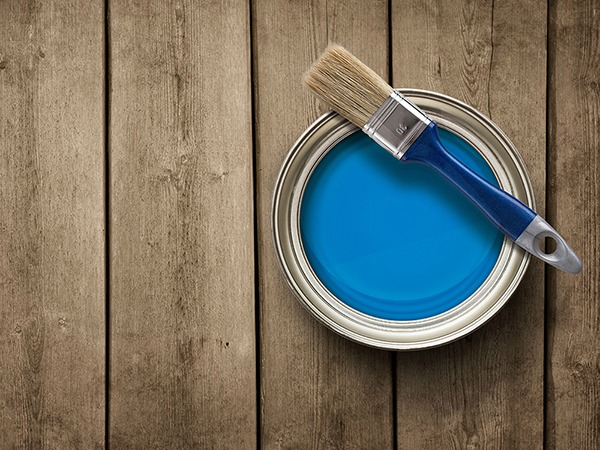

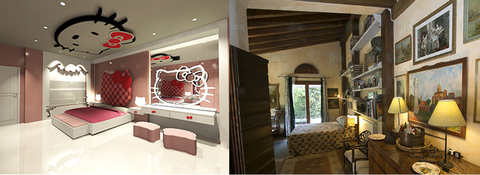


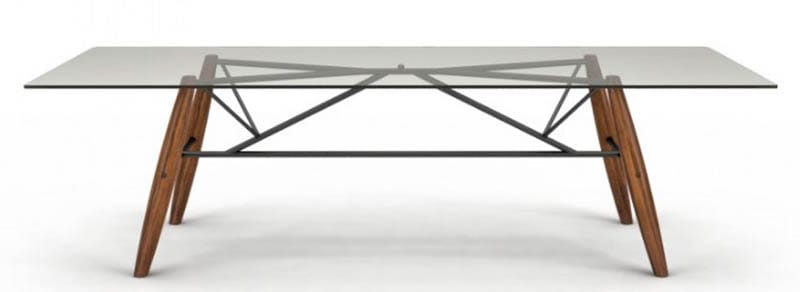
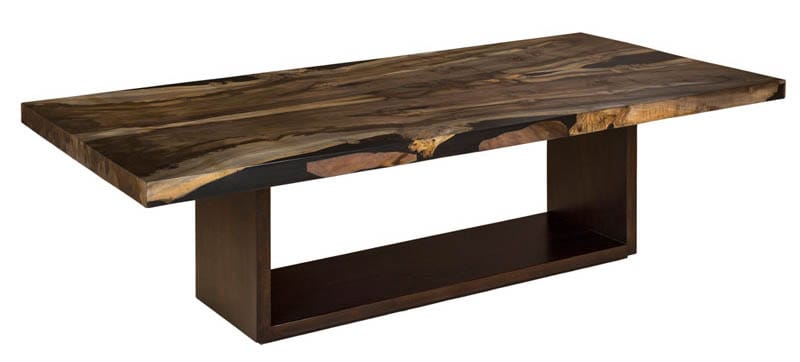



Recent Comments